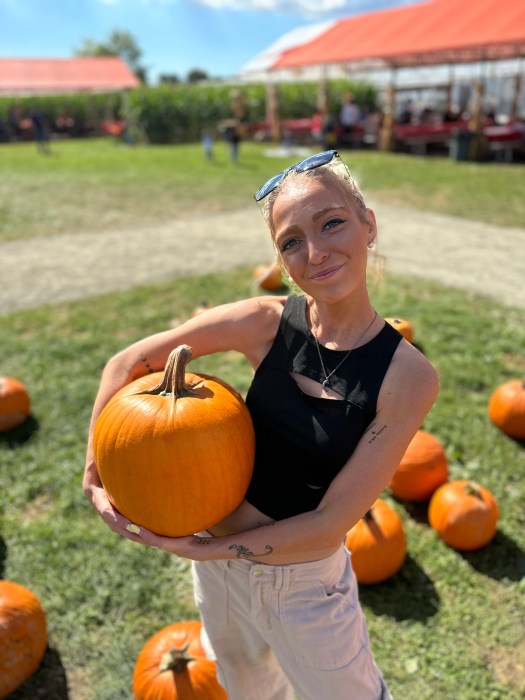“Potato fields”, one said. “Nothing but potato fields”, spake another. And the shibboleth became a mantra with “potato fields as far as the eye could see”. These people were describing Levittown prior to World War II on a social networking site. They were wrong.
The fact is, in the two decades prior to Levitt & Sons building roads and recreational facilities to accommodate the residents of the 17,447 mass-produced homes they erected between 1947 and 1951, the Levittown landscape was a complex and diverse one that had a considerable impact upon our community’s present-day configuration.
Potato fields were certainly the most conspicuous feature back then, but the community also had a church, a cemetery, two school houses, three rural airfields, a gardening center, a dog kennel, a gas station, a peach orchard, a small hog farm, a dozen-unit housing development built in 1934, right-of-ways for the defunct Stewart Line of the LIRR and the Vanderbilt Motor Parkway, and an ancient grove of pine trees that grew along the east side of Jerusalem Avenue between Hempstead Turnpike and Mallard Road.
There were also scores of acres of undeveloped land right in the heart of town. By the time William Levitt purchased his first two hundred acres for $225/acre from the Merillon Estate Company, the automobile was already making the area more accessible — a process accelerated by the arrival of the Wantagh Parkway in 1936.
The land-use patterns, existing 19th Century roads like Division Avenue and Farmedge Road and Bloomingdale Road, and colonial thoroughfares like Hempstead Turnpike and Wantagh Avenue, created the canvas upon which the Levitt Development revolutionized the mass-production, civil engineering, and marketing techniques emulated throughout the globe.
The chain-reaction of suburban development, explosive population growth, and commercial expansion ignited by Levitt & Sons after 1947 easily gives one the impression of a town springing-up overnight in the middle of nowhere and that perception is augmented by many areal photographs from that time. Understandable. After all, where in 1940 there were a score of households, but 1950 there were a few thousand. But its history actually goes far back.
Although encompassed in the original Hempstead Purchase of 1643, it was twenty-one years later that Capt. John Seaman became the first European resident whose land was within the future Levittown; his Jerusalem Purchase included parts of Seaford, Wantagh, and Levittown south of Hempstead Turnpike and east of a creek that flowed along present-day Bloomingdale Road and Ranch Lane.
That day, February 12, 1664, is as much the beginning of Levittown as October 1, 1947 when Theodore and Patricia Bladykus became the first family to move into their Levitt & Sons Cape Cod on the corner of Sherwood and North Bellmore.
The arrival of the LIRR to Hicksville (1837), Wantagh (1868), and the Island Trees/Jerusalem area via the aforementioned Stewart Line (1873) brought in droves of German immigrants who settled along Wantagh Avenue, Jerusalem Avenue, Bloomingdale Road, Division Avenue, and Hempstead Turnpike forming a community — and later a school district — around the ancient grove of pine trees called Island Trees.
This settlement and school district — joined with the Jerusalem settlement and school district to the south and southwest — became absorbed in the Levitt Development and officially emerged as Levittown on January 1, 1948.
What Levittown has had these past three-and-a-half centuries is history, nothing but history, and history as far as the eye can see and we at the Levittown Historical Society & Museum are proud of our labor-of-love preserving it for future generations.
But we can’t do it alone. We are always seeking citizens to join our board and volunteers and those interested should inquire at levhistoricalsoc@aol.com or see us on Facebook.
Paul Manton
President
Levittown Historical Society & Museum


































